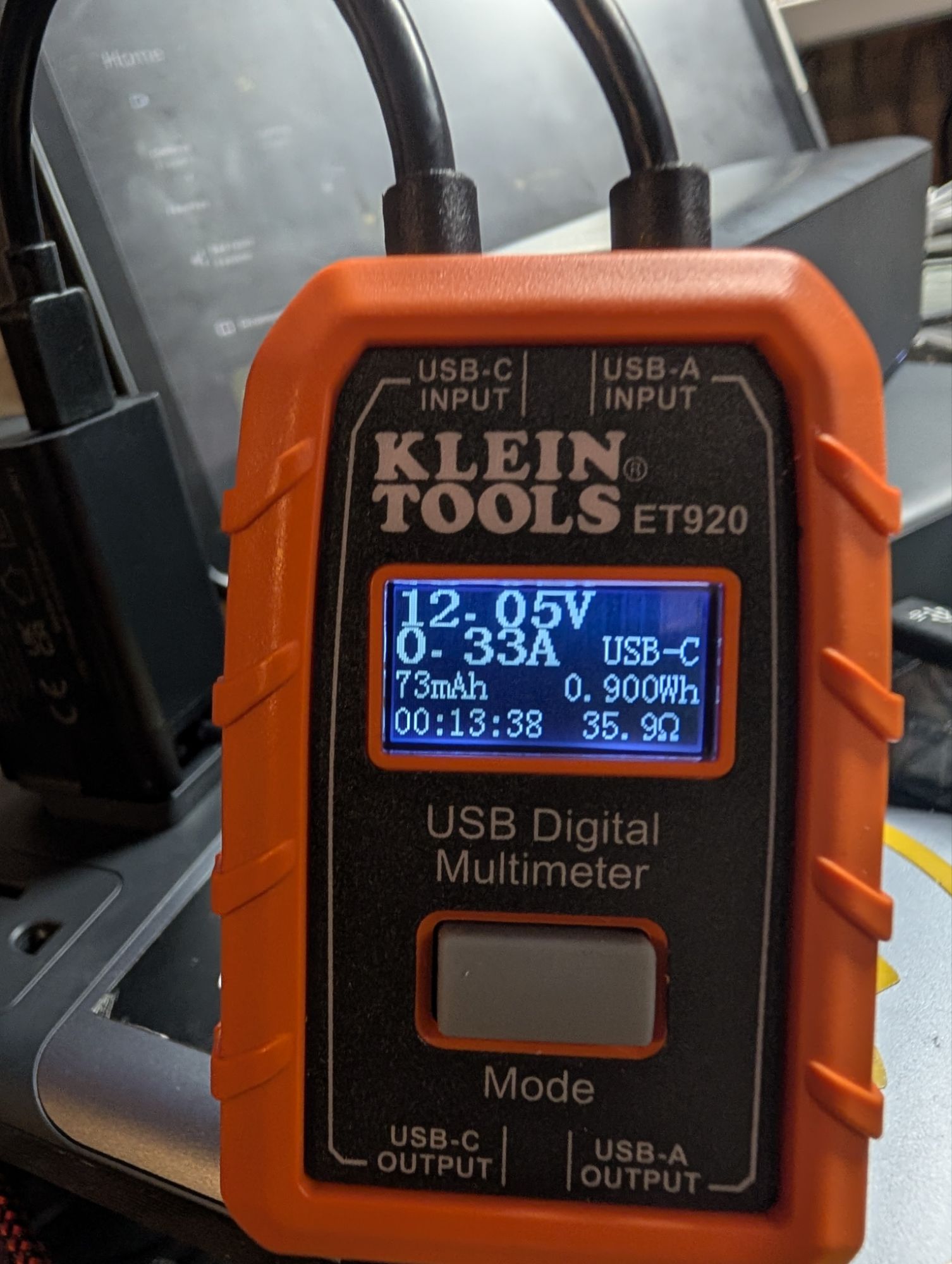The GL.iNet Slate 7 (BE3600) is a feature-packed travel router boasting Wi-Fi 7 speeds, multi-VPN capabilities, and a USB port for file sharing via SMB, among other things. It’s quickly becoming a favorite for those who need powerful networking on the go. However, one common issue that users may run into involves the USB port failing to recognize or maintain external devices such as flash drives, SSDs, or powered hubs. This issue is almost always rooted in one overlooked factor: insufficient power delivery.
Despite the device booting up and appearing fully functional on a low-power charger, the reality is that the Slate 7 requires a specific level of electrical input to reliably power its internal systems and anything plugged into the USB port. If you’re using a low-output USB charger—like a 5V/1A or 5V/2A phone charger—the router may not be able to supply enough current to initialize or sustain USB peripherals. This can lead to strange behavior, including drives failing to mount, devices showing up intermittently, or SMB shares being advertised by the router without actually pointing to valid devices. In more subtle cases, the drive may show up for a short time and then disappear silently when it draws more power than the port can sustain under the limited voltage.
Through repeated real-world testing, including the use of voltage/current USB meters (screenshots available at wickedyoda.com), we’ve observed that the Slate 7 becomes unstable or fails to detect USB drives altogether when powered by anything less than a 15W USB-PD block. Using a proper USB-C Power Delivery (PD) charger that supports 5V/3A or higher, ideally 9V/2A or more, is not just recommended—it’s essential. Not only does this ensure that the router itself operates correctly, but it also provides the necessary power margin for connected USB devices. Even small SSDs or multi-port hubs can draw more current than expected, and if the power isn’t there, your devices won’t mount—and you may not even get an error message.

What’s particularly tricky is that the logs often don’t reflect these power-related issues clearly. Without visible errors or warnings in the system logs (dmesg, kernel.log), users can spend hours troubleshooting the wrong issue, assuming it’s a bad drive, a bad cable, or a software misconfiguration. But once the router is connected to a proper PD charger, the same setup starts working perfectly without changing anything else. This highlights just how important stable and sufficient power is to system reliability—especially for portable devices that rely on USB-C.
If you want to reliably share media, back up data, or use a USB-based NAS-like setup with the Slate 7, your first step should be investing in a high-quality USB-C PD charger, ideally rated for 18W or higher. Avoid older USB-A to USB-C adapters unless you’re certain they support PD and high-current charging. When properly powered, the Slate 7’s USB port functions exactly as intended, and devices like USB SSDs, flash drives, or media hubs will appear consistently in your SMB shares.
In summary, if you find that your Slate 7 is having issues recognizing USB drives or SMB file shares are unreliable, don’t immediately assume there’s something wrong with your cables or devices. Instead, double-check your power supply. The fix might be as simple as swapping out your charger. With the right power source, the Slate 7 becomes a powerful and stable hub for mobile networking and file sharing—even with power-hungry USB devices.
🔌 Recommended Power Levels for Slate 7 Stability
| Power Output | USB Type | Status/Effect | Recommended |
|---|---|---|---|
| 5V / 1A (5W) | USB-A | Boots router, but USB devices may not mount | ❌ No |
| 5V / 2A (10W) | USB-A | Inconsistent USB performance, SMB shares often fail | ⚠️ Minimal |
| 5V / 3A (15W) | USB-C PD | Boots router and supports low-power USB devices | ✅ Yes |
| 9V / 2A (18W) | USB-C PD | Stable operation, recommended for SSDs and shared drives | ✅ Best |
| 12V / 1.5A (18W) | USB-C PD | Stable, but not all chargers supply this profile | ✅ Yes |
| Any PD 30W+ | USB-C PD | Ideal for full device load and power-hungry peripherals | ✅ Ideal |